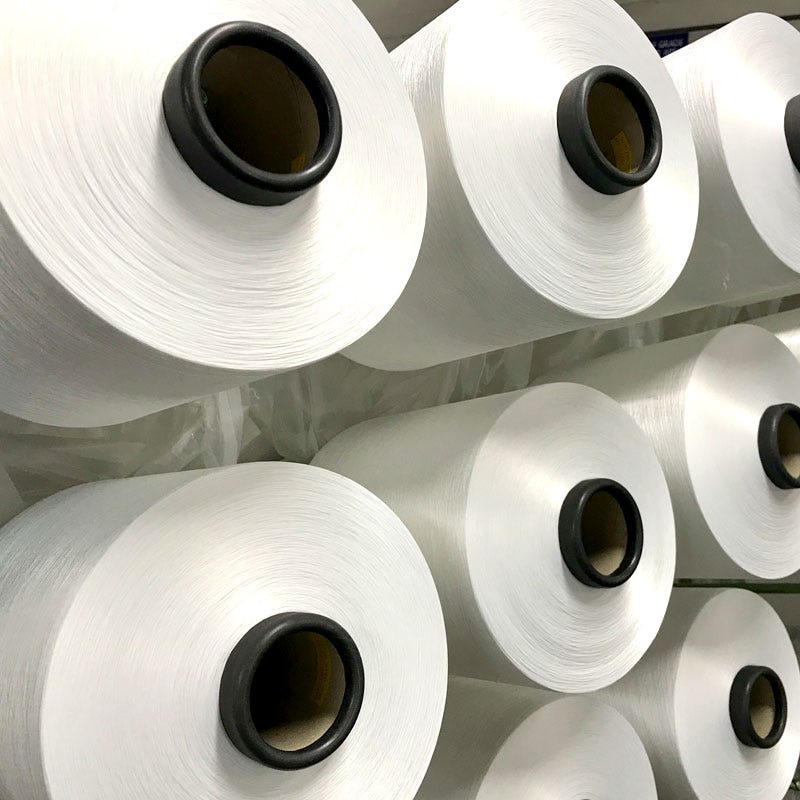Comfort is King: DTY demand soars, leaving NFY market scrambling

The traditional peak season of 2024 witnessed a surprising reversal of fortunes in the nylon filament yarn (NFY) market. While Fully Drawn Yarn (FDY) - the usual star product - saw a decline in demand, its counterpart Draw Textured Yarn (DTY) emerged as a hot commodity. This shift can be attributed to a complex interplay of supply and demand dynamics across the global market.
DTY demand on the rise
DTY's resurgence is largely driven by an increase in demand for specific applications. The year 2023 saw a significant increase in the use of DTY for sun protection products, leisurewear, underwear, and form-fitting clothing like leggings. This demand growth was further bolstered by a 23 per cent year-on-year increase in DTY exports, reaching 113,000 tons in 2023. The trend continued in 2024, with the first quarter export figures showing a healthy 13 per cent growth. Notably, the demand for DTY extends beyond established specifications, with a rise in popularity for high-filament products ranging from 20-70 denier (D). This broader market acceptance indicates a potential for DTY to surpass FDY in specific segments. "The shift in demand from FDY to DTY is a clear sign of evolving consumer preferences," says an expert. "The growing focus on comfort and functionality in activewear and loungewear is driving the demand for DTY's unique properties."
A case of uneven supply
The contrasting fortunes of FDY and DTY can be primarily attributed to supply-side differences. The explosive demand for sun protection products in 2023 led to a tight supply of FDY, prompting a significant expansion of FDY production capacity in the second half of 2023 and 2024. This rapid capacity increase has successfully alleviated the FDY shortage.
In contrast, DTY experienced a period of concentrated capacity expansion in 2021-2022, leading to a surplus in the market. While DTY demand recovered in 2023, it wasn't enough to justify further significant capacity additions. This supply-demand imbalance has resulted in a situation where current DTY equipment is running at full capacity, and backlogs for high-end products are becoming the norm. "DTY producers are facing a challenge in meeting the current demand," commented a nylon filament factory owner. "The lead time for new equipment is significant, and it will likely take some time before supply can catch up."
Impact on the broader market
The tight supply of DTY has cascading effects throughout the NFY market. The limited availability of mid-to-high-end Partially Oriented Yarn (POY) - a key raw material for DTY - has led to an increase in transactions for low-end POY. This has boosted production levels at low-end filament factories. Furthermore, nylon filament factories in South China have shifted their production lines from High Oriented Yarn (HOY) to POY, further tightening the HOY supply. This domino effect has resulted in shortages and price hikes across both POY and HOY segments.
The global NFY market is experiencing a period of transition. DTY's rise in popularity, coupled with supply constraints, presents both challenges and opportunities for industry players. Manufacturers who can adapt their production capacities and cater to the evolving demand for DTY are likely to be well-positioned for future growth
